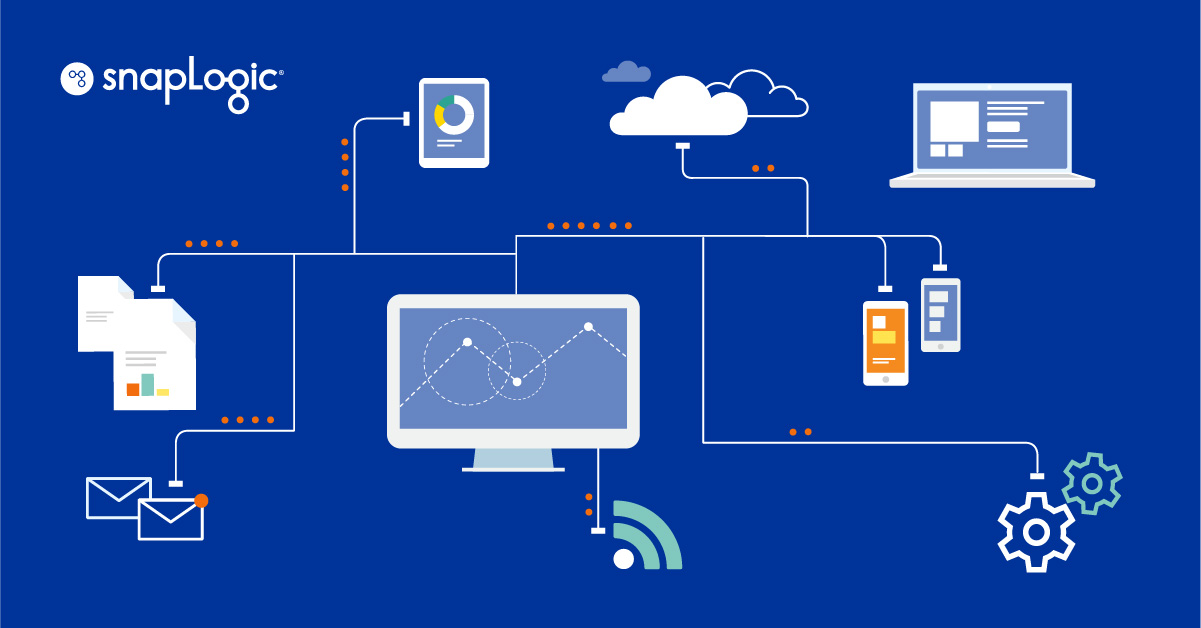Agile is about being able to move quickly and easily – can the agile method be applied to heterogeneous and complex integration projects? Let’s explore.
Compared to business applications development that generally focuses on one functional area (e.g., CRM, finance, billing), digital integration cuts across many functional areas. The blueprint behind creating data or process flows requires a solid understanding of all the areas that are being integrated. In addition to cross-functional skills, digital integration projects also require low-level technical skills such as a knowledge of connectivity protocols, transformation functions (scripts), application specific data and its formats. When you tally up the knowledge and technical skills needed with what you need to know to even get started on an integration project, you quickly realize that digital integration projects are much more complex and hence difficult to understand, design, and deliver … compared to other kinds of business development.
Traditional integration development
Traditionally, integration architects and developers have responded to the complexities of integration by doing exhaustive up-front planning, and creating heavy documentation (HLD, LLD, Integration flows, mappings, Canonical Data Models) and layered integration architectures (integration frameworks, transformation functions, industry models). Creating these complex and detailed artifacts must be done by highly experienced and skilled integration experts with cross-functional experience, who can think through the complexities and produce these artifacts ahead of actual development. Finding such digital integration experts is a costly and time-consuming exercise, and we often find towards the end of the scope that the requirements have changed and these artifacts need to be updated/rewritten. Unfortunately, this start and stop process has made integration projects complex and costly to deliver without necessarily increasing the probability of successful delivery.
While digital integration remains complex, its priority for most organizations has increased significantly because of its requirements for end-to-end seamless customer service, micro-services architectures (moving away from monolithic applications), numerous SaaS applications, APIs, IoT, and the need for real-time data to drive insights.
The benefits of low-code integration platforms
With the increasing popularity of agile methods, an emphasis has been placed on producing a working software delivery rather than creating comprehensive documents to help deliver successful enterprise integration projects. However, some recent advancements in enterprise software platforms with low-code functionality can come in handy to address the complexity of integration projects and allow citizen developers to deliver results. For example, benefits can include:
- A plug and play architecture: Low-code platform offers plug and play architecture, which reduces the need for comprehensive documentation and low-level designs
- An integration-flows-first process: With low-code platforms, one can configure the integration flows first and export documentation, which reduces the significant efforts spent on documentation and keeps it in sync with the deployed version of integration flows.
- An AI-enabled workbench: Low-code platforms offers a true AI-enabled workbench for integration, which means citizen developers can be swiftly guided to achieve the integration flow without being an expert integration developer.
- Fewer translations and documentation: Citizen developers from business applications teams have a better understanding of business functions compared to external integration developers, which removes the need for multiple layers of translations (and documentations) to design and develop data integrations.
- Data scenario expertise: Citizen developers have a better understanding of the insights they need from data and can effectively develop integration for all data scenarios. Typically, these cases are uncovered during the testing stage and need costly, time-consuming refactoring and bug-fixes.
The agile integration delivery approach
The agile integration delivery approach, supported by a low-code integration platform, can deliver enterprise integration with a significantly reduced complexity, while managing changes faster. In scenarios where integration requirements are not fully clear, connecting to source systems and building integration pipelines by adding one activity after another, instead of trying to create complicated documentation first helps agile teams discover the end result needed and build solutions at the same time.
So, yes agile integration is very possible, and on low-code integration platforms, it can offer significant benefits to enterprise integration, particularly when requirements are complex, not fully understood, and need changes along the way.
Mukesh Gehlot is the Founder and CEO at NeosAlpha Technologies. You can follow the company on Twitter @neosalpha. The views, opinions, and positions expressed within these featured contributor guest posts are those of the authors alone and do not necessarily represent those of SnapLogic.













